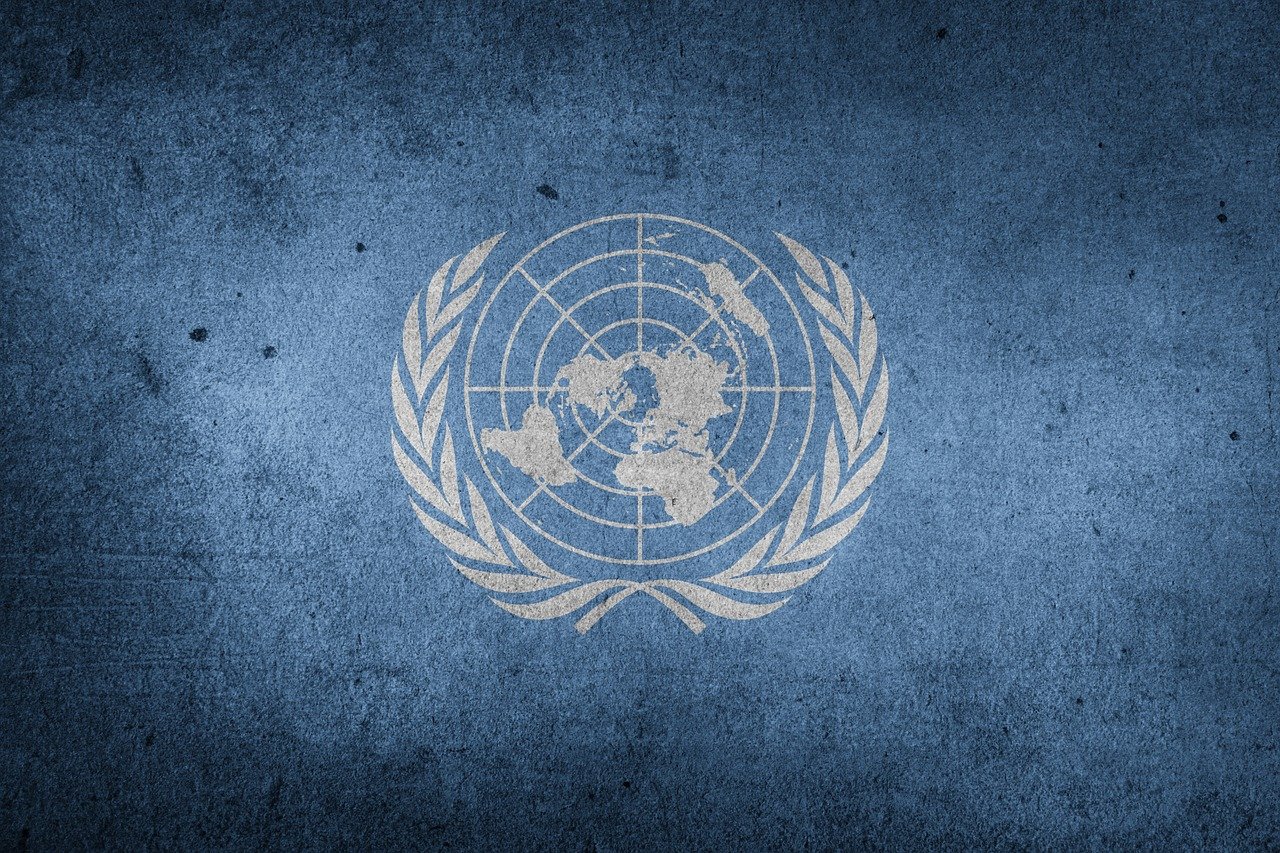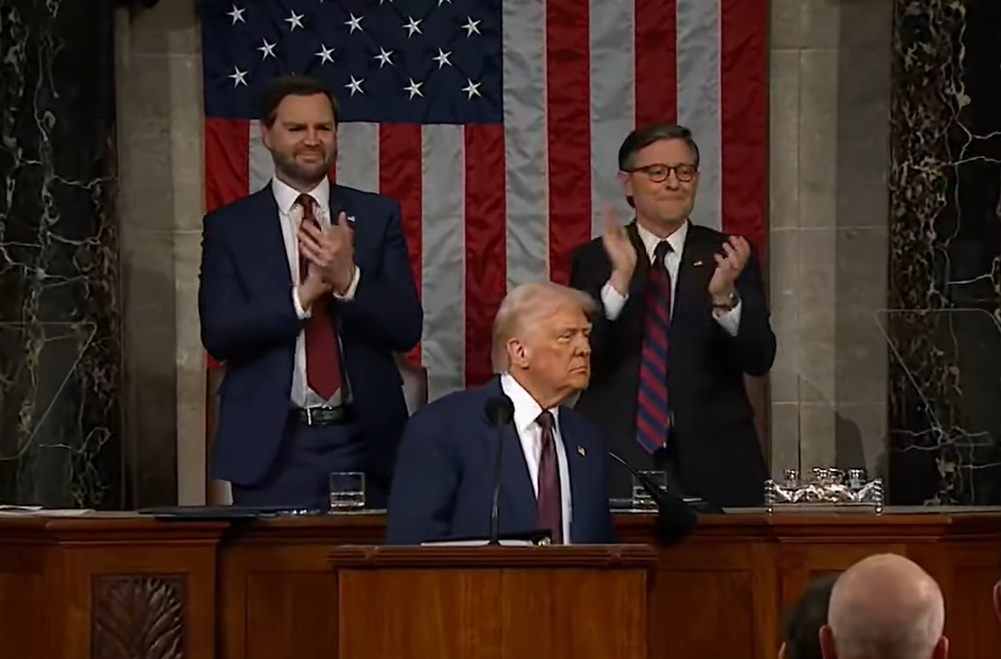In a move that has stunned allies and shaken the global diplomatic order, the United States voted against a United Nations resolution condemning Russia’s war in Ukraine. The resolution, introduced by Ukraine and supported by key European nations, called for an immediate withdrawal of Russian forces and reaffirmed Ukraine’s sovereignty. Despite widespread support, the U.S. joined Russia, Belarus, and 16 other nations in voting against the measure, deepening tensions with NATO allies and signaling a dramatic shift in American foreign policy.
The UN Vote: A Break from the Past
The resolution ultimately passed with 93 votes in favor, while 18 nations opposed it and 73 abstained. The U.S. not only voted against the resolution but also proposed an alternative measure that did not explicitly condemn Russia for the invasion.
European nations, led by France, Germany, and the U.K., quickly amended the U.S. proposal to include references to Russia’s aggression and Ukraine’s territorial integrity. The response from Washington? The U.S. abstained from its own resolution, avoiding alignment with the European position while also refusing to endorse Russia outright.
This diplomatic maneuvering underscores the widening divide between the U.S. and its traditional allies on the Ukraine crisis.
Trump’s Justification: Peace Talks and Economic Leverage
Former President Donald Trump defended the decision, arguing that the UN resolution would undermine ongoing peace negotiations with Russian President Vladimir Putin. Trump has positioned himself as a mediator in the conflict, claiming that his direct talks with Putin are aimed at securing a resolution that prevents further escalation and global conflict.
Additionally, Trump emphasized that the U.S. is in the final stages of negotiating a critical minerals deal with Ukraine. This agreement would grant the U.S. access to Ukraine’s rare earth minerals, considered vital for defense technology, semiconductors, and renewable energy. The deal is being framed as a way for Ukraine to begin repaying the more than $180 billion in military and financial aid it has received from Washington since 2022.
European Leaders Push Back
Trump’s stance has been met with fierce resistance from European leaders, who see his conciliatory approach to Putin as dangerous.
- French President Emmanuel Macron and UK Prime Minister Keir Starmer have warned against any peace deal that does not include firm security guarantees for Ukraine.
- Germany and Poland have expressed concerns that an American retreat from a hardline stance against Russia could embolden Putin and lead to further instability in Eastern Europe.
- NATO officials worry that Trump’s strategy could weaken the alliance’s unified front against Russian aggression.
What’s Next? The Future of U.S.-Russia Relations
With this latest UN vote, the U.S. has made it clear that it is no longer fully aligned with European allies on the Ukraine war. The question now is whether this signals a permanent policy shift or a temporary bargaining strategy.
Key developments to watch:
- The U.S.-Ukraine minerals deal: Will Ukraine agree to trade strategic resources in exchange for continued American support?
- Putin’s response: If Trump secures a peace deal, will Russia truly de-escalate, or is this a maneuver to buy time?
- European unity: Will France, Germany, and the UK move forward with their own Ukraine strategy, independent of Washington?
For now, this stunning break from U.S. allies has set the stage for a geopolitical realignment that could reshape the balance of power for years to come.
Stay tuned as the world watches what happens next.





